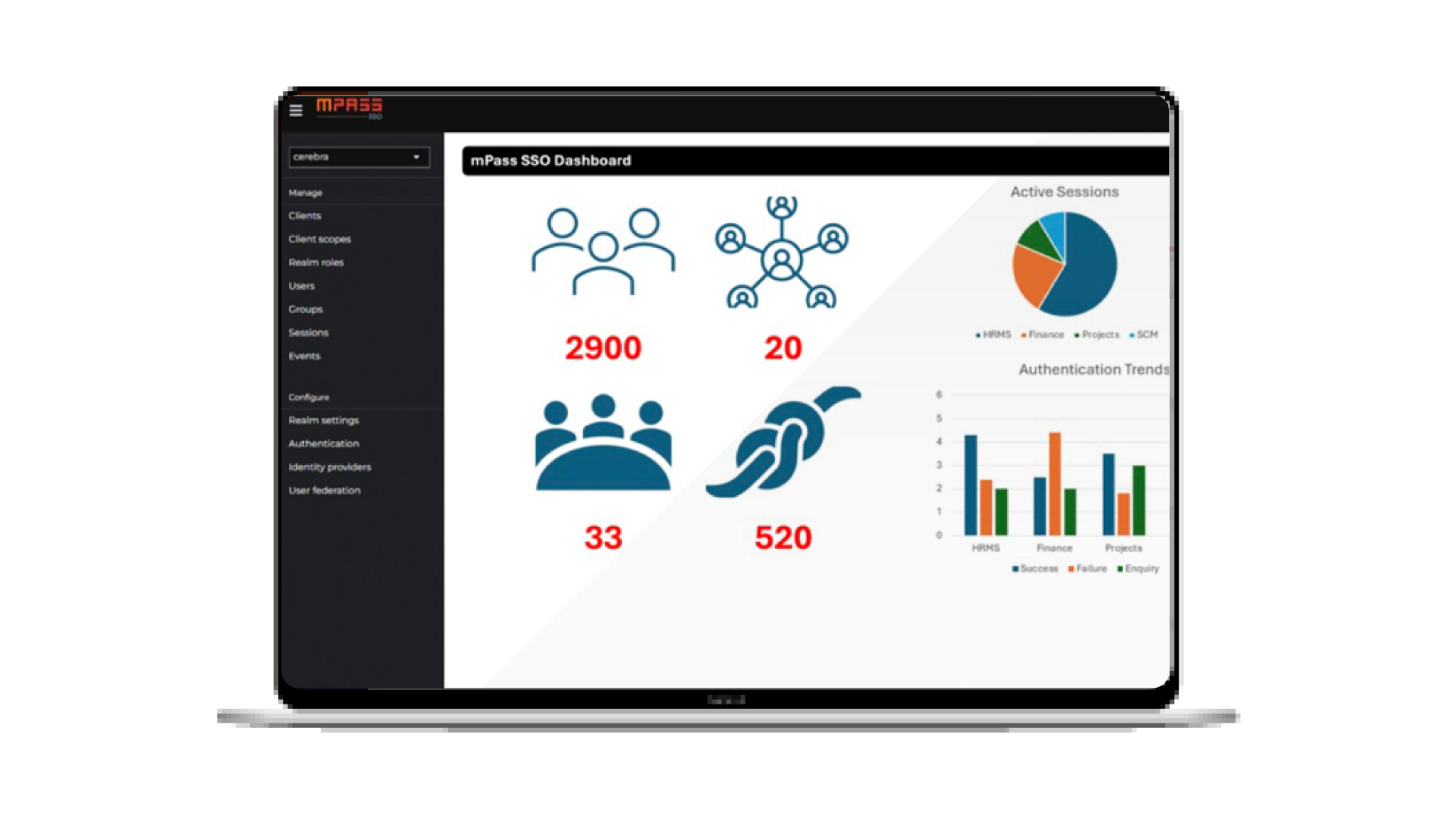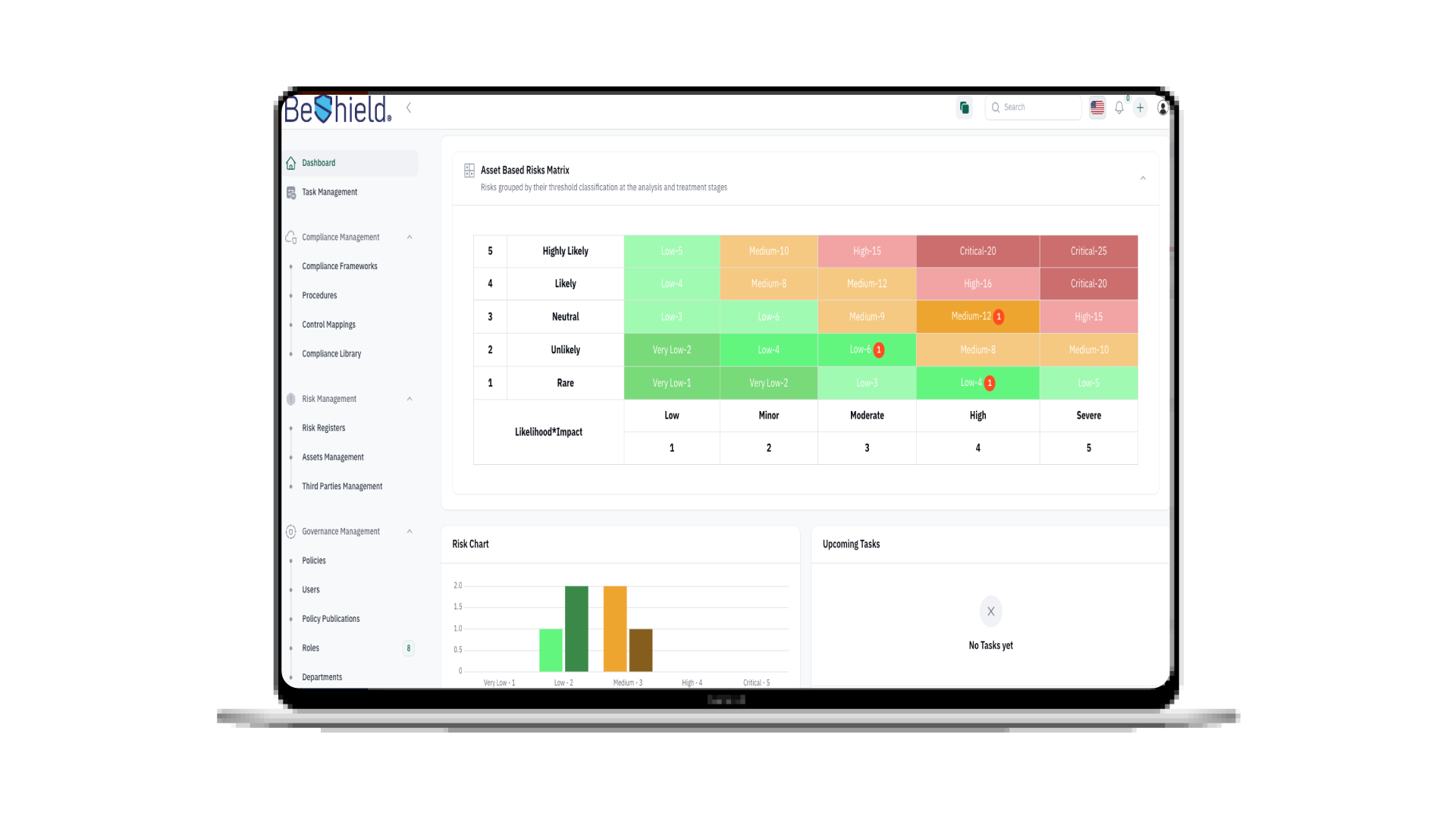The different Phishing types of attacks are not something that has come up recently. Such attacks have been around since the mid 90s, however, overtime, they have become more sophisticated.

phishing types and how to avoid them
To make things worse, did you know that 32% of confirmed data breaches involved phishing? (Verizon 2019 Data Breach Investigations Report) And 57% of the organizations report having experienced mobile phishing attacks! (Wandera’s 2020 Mobile Threat Landscape Report).
Before moving on to the latest trends in phishing, let us define it.
What is Phishing?
Phishing is one of the easiest and most common types of cyber attacks used by criminals and among the easiest to fall for as well. It is often used to steal user data such as login credentials, credit card numbers, and other personal information. The attacker, masquerading as a trusted entity, tricks a person into clicking on a link, opening a mail, or a WhatsApp message. Some links might be shortened which causes a challenge to know their legitimacy.
When the recipient clicks on the link, it may cause malware installation, hold your system hostage (ransomware attack), or reveal sensitive information caused by a vulnerability in the system.
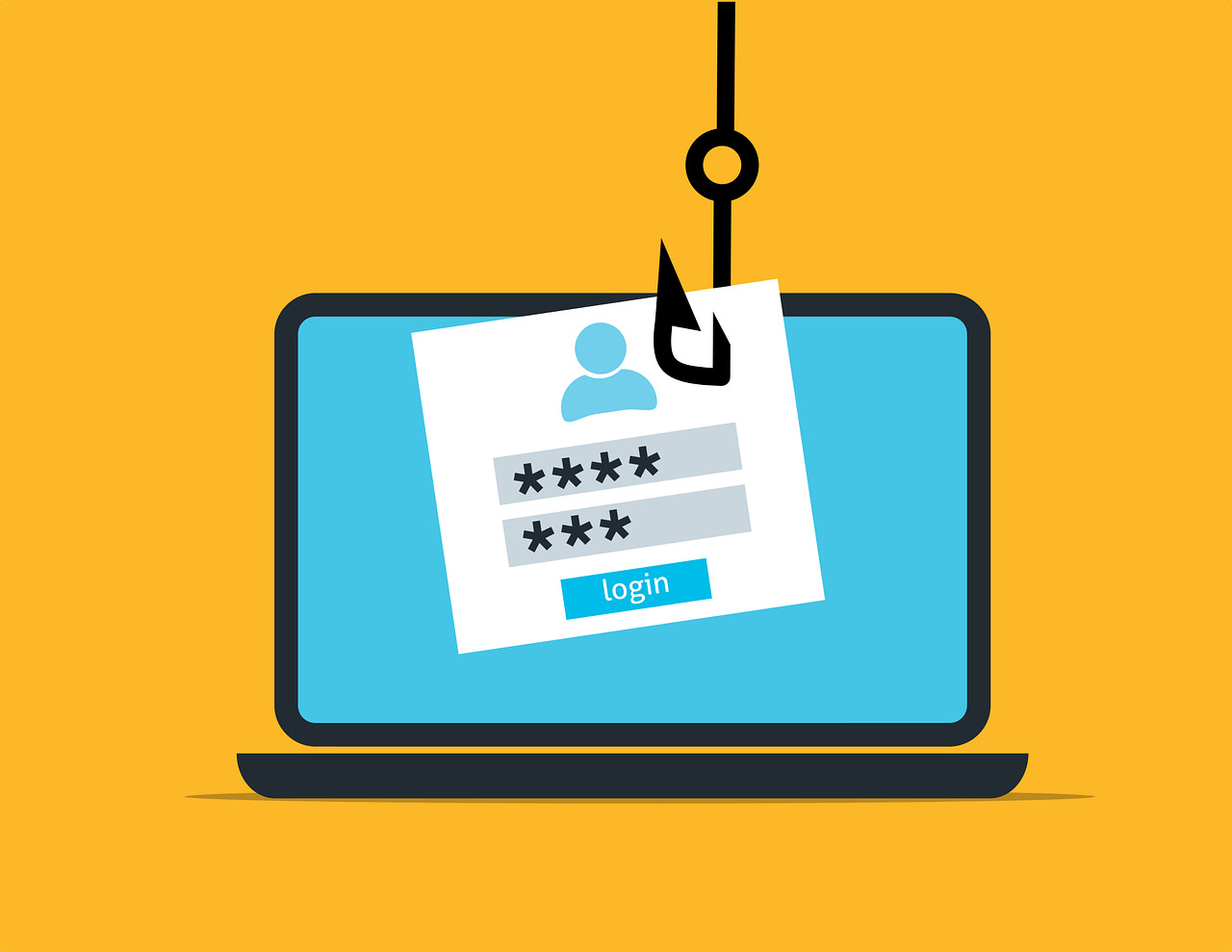
What is Phishing types and trends?
Now that you know what phishing is, let us learn more about the latest phishing types and ways to protect ourselves from them.
Phishing types 1 – Spear Phishing
-
What is Spear Phishing?
Not all phishing attacks are based on ‘spray and pray’/random techniques where a long list of unknown recipients are targeted. Some cyber criminals rely on a more targeted and personal touch to attack their victims. In spear phishing, the attacker sends emails with the victim’s name, position, number, or other personal information.
The victim is tricked into clicking the URL or downloading the attachment and handing over their data. With the amount of personalization in crafting these attacks, it is no surprise that spear phishing is commonplace on various social media platforms like LinkedIn and Twitter.
-
How to avoid it?
To guard against spear phishing, organizations must conduct security awareness sessions and discourage their employees from putting sensitive or corporate information on social media.
In addition to that, companies must also invest in solutions that analyze inbound emails for certain known malicious links and email attachments. This measure is capable of picking up on indicators for both known malware as well as zero-day threats.
Also, organizations can invest in phishing simulation solutions to train employees on the best practices and show them first-hand what might happen when a phishing attack is performed.
Phishing types 2- Whaling
-
What is Whaling?
A whaling attack, also known as whaling phishing, targets high-profile employees, such as the CEO or CFO of a company to get sensitive information. The attacker manipulates the victim into authorizing high-value wire transfers to the cyber criminal, thus conducting the attack.
Do you know why it is called whaling? It is termed coined due to the size of the attacks, and the whales are thought to be picked from a company as per their position or authority.
-
How to avoid it?
To avoid whaling attacks, check cautiously for suspicious email addresses and names. Review all the URLs you get in your inbox and see if anything is suspicious before clicking! It will greatly reduce your chances of being targeted by attackers. Also, try to prioritize raising cybersecurity awareness level in your organization.
Also, following the current procedures for all financial transfers done within your organization. You must also check other important transactions, for instance, forwarding sensitive information to other people outside your organization.
Phishing types 3- Smishing and WhatsApp Phishing
-
What is Smishing and WhatsApp Phishing?
Smishing (SMS Phishing) and WhatsApp Phishing is a cyber-attack that can harm you to great extents. Smishing uses a misleading text message to trick victims into falling into the trap. The attacker makes you believe that a trusted person or organization sends the message and then convinces you to take action that gives the attacker the desired information (for instance, the bank account login credentials).

We can say that it is a text-message based version of the email-based phishing scams. But they are trickier because people are less cautious for suspicious messages on their smartphones.
-
How to avoid it?
To avoid Smishing and WhatsApp Phishing, avoid clicking on any links you receive from unknown numbers. Do not reply to text messages asking about your finances. If you get an SMS saying, ” Dear user, congratulations, you have won….”, don’t fall into the trap. Also, check if the SMS is sent at an unusual time and check who sent it as the attacker might disguise themselves as your bank to trick you into performing certain tasks and providing them with your personal or sensitive information.
In Conclusion
There are a lot of Phishing types that cyber criminals perform to reach your private information, the most effective method for organizations and individuals to avoid falling victims to these scams is to raise their awareness about these types of attacks on a regular basis as attackers get more advanced with their methods as time goes by.
Also read about: Recent Phishing Attacks in Saudi Arabia
Think before you click!
Share this article:
Popular

Revolutionize Enterprise Communication Platform with LinQ2
Revolutionize Enterprise Communication Platform with LinQ2 In today’s fast-paced business environment, enterprise communication platform is the backbone of success. Whether reaching customers, coordinating with employees, or automating notifications, having an effective enterprise communication platform is essential. Cerebra’s LinQ2 stands out as the ultimate solution, offering a multi-channel notification platform tailored for businesses of all sizes. Why Enterprise Communication Platform Is Essential for Business Growth? Efficient enterprise communication platform ensures businesses can stay connected with their customers and teams in real time. Poor communication systems often lead to missed opportunities, customer dissatisfaction, and delays in internal operations. Key Features of LinQ2 ...
11th Mar 2025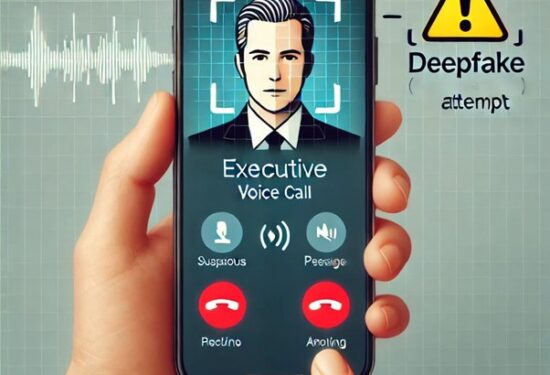
Deepfake in Phishing: Challenges and Solutions
In the era of advanced technologies, especially with the explosive adoption of Large Language Models (LLMs) and Generative Artificial Intelligence (GenAI), deepfake has emerged as one of the most significant challenges in cybersecurity. This technology relies on Artificial Intelligence, specifically deep learning and the use of GenAI, to create fake yet highly realistic content that is difficult to detect. Deepfake serves as a versatile tool spanning applications from entertainment to cybersecurity. However, its misuse can pose severe risks, especially in phishing schemes. What is Deepfake? Synthetic media refers to a technology that leverages deep learning algorithms to create ...
19th Dec 2024
AI Governance: Opportunities and Challenges in Cybersecurity
AI Governance: Opportunities and Challenges in Cybersecurity With the increasing reliance on AI technologies in various fields, AI Governance has become a key factor to ensure system integrity and data protection. This governance plays an essential role in enhancing confidence in modern technology and ensuring that it is used responsibly. It has been almost two years since OpenAI’s ChatGPT went viral, igniting widespread interest in artificial intelligence (AI) and setting off a wave of technological and investment growth in the field. Academic and technical investments in artificial intelligence: The advancements in AI since then have been staggering, with exponential increases ...
14th Nov 2024
Cyber Warfare Unveiled: Tracing the Journey from Espionage to Digital Combat
“Cyber Warfare: From Espionage to War A Journey Through Time” With the massive technological advancements, the boundaries of warfare have expanded to encompass cyberspace, where “cyber warfare” has emerged as an increasingly serious threat to individuals, institutions, and countries. The line between cyber and traditional wars has blurred for a while but recent activities in the region made it clear that cyberwars is becoming a dangerous and can lead to harming humans. In this blog, we will dive into a journey through the world of cyber warfare, seeking to understand its nature, history, impacts, types, evolution, and some solutions to ...
9th Oct 2024
Keeping Our Kids Safe Online
A Guide For Keeping Your Kids Safe Online Parents and all who are concerned about the well-being of our young kids in this digital world. Today we will discuss a topic of utmost importance: digital safety for kids. Yes, the Internet can be a very dangerous place for our young kids , especially with the spread of phishing scams. So, let us dive deeper and present to you, in this comprehensive article, a comprehensive guide on digital safety for kids. What every parent needs to pay attention to. Internet risks for kids: The internet has become a big part of ...
17th Jul 2024
Could you be hacked through Slack?
Could you be hacked through Slack? The usage of collaboration platforms such as Microsoft Teams and Slack has significantly increased, with nearly 80% of employees utilizing them. These platforms are designed to be convenient and easily manageable for daily conversations within organizations. However, what makes them easy and convenient also renders them vulnerable to cyber threats and attacks. In 2021, for instance, 780 gigabytes of data from the gaming giant Electronic Arts (EA) were breached through Slack! During the same year, a security vulnerability in Microsoft Teams was exploited to launch a widespread cyber attack on ...
12th Jun 2024
Tips To Be Cyber Protected While Traveling
Goodbye worry! A safe journey in the digital world With all the modern wonders of the digital world, we trust communication technologies on our journeys. There is no doubt that the travel experience is always more beautiful and enjoyable, but it can also pose a range of risks, especially when it comes to cybersecurity. Travelers may fall victim to phishing, Wi-Fi network spying, and theft of their personal data, which can make their journey filled with worries and tension. With the increasing prevalence of cyber threats, it is essential for travelers to follow some guidelines to protect their devices and ...
1st Apr 2024
Push Authentication: A New Era in Multi-Factor Authentication
Want To Say Goodbye To Passwords and OTP Codes? Discover Push Authentication! It is easy for your password to be compromised through phishing attacks, even if it meets the cybersecurity strong password standards and is difficult to predict So we must get to know the technique of Push based Authentication. Some may recommend that you use Multi-Factor Authentication (MFA) to increase your security. Multi-Factor Authentication (MFA): MFA is the process of logging into your account through multiple steps. It requires you to enter more information, not just your password. But there is another obstacle that arises when using such ...
14th Feb 2024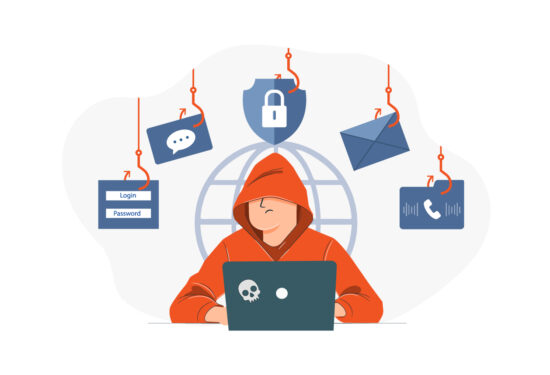
The Difference Between Phishing Attacks
The Difference Between Phishing Attacks Phishing attacks are harmful attacks used by criminals to steal personal and financial information from individuals and businesses. Attacks on individuals and businesses are becoming more common as we use the internet and technology more often in our daily lives. Phishing attacks involve the use of dishonesty and fraudulent methods to fool consumers into believing they are interacting with the trustworthiness of an unsuspecting destination, such as banks, email companies, or social media platforms. But what is the difference between phishing attacks? How can individuals and organizations protect themselves from such attacks? That is what ...
17th Jul 2023




